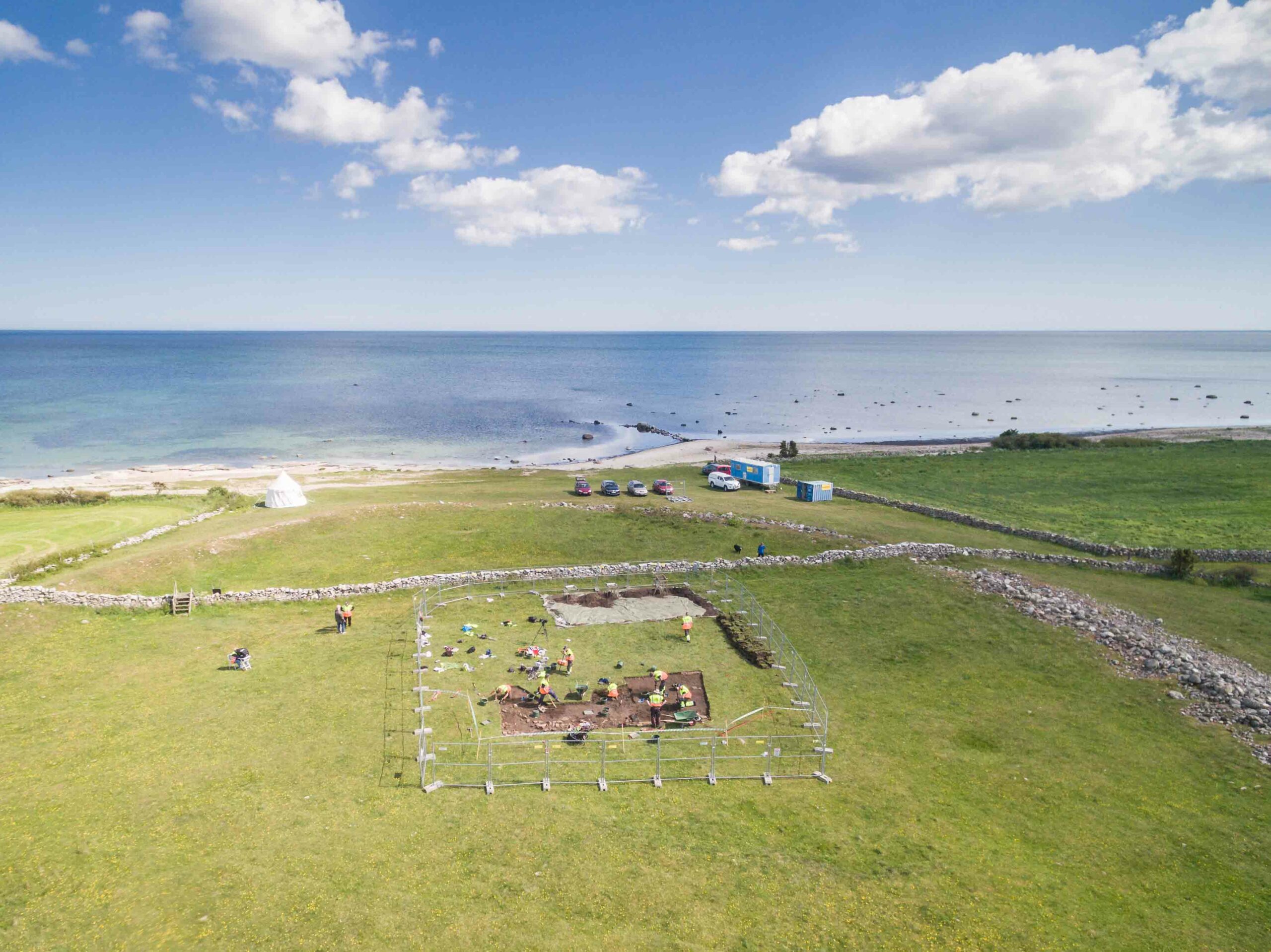SPOKANE, WASHINGTON—According to an Associated Press report, the Army Corps of Engineers has determined that Kennewick Man, discovered in 1996 in southeastern Washington, is related to modern Native American populations. “I am confident that our review and analysis of new skeletal, statistical, and genetic evidence have convincingly led to a Native American Determination,” said Brig. Gen. Scott A. Spellmon, commander of the corps’ Northwestern Division. This means that the 8,500-year-old remains are now covered by the Native American Graves Protection and Repatriation Act (NAGPRA). Kennewick Man is currently held at the Burke Museum in Seattle, under the custody of the Army Corps of Engineers. Interested tribes, such as the Colville, Yakama, Umatilla, Nez Perce, and Wanapum Indians, are planning to submit a joint request for the repatriation of the remains, also known as the Ancient One. To read about the earliest people to arrive in North America, go to "America, in the Beginning."
Kennewick Man Is Covered By NAGPRA
News April 28, 2016
Recommended Articles
Off the Grid November/December 2025
Bighorn Medicine Wheel, Wyoming
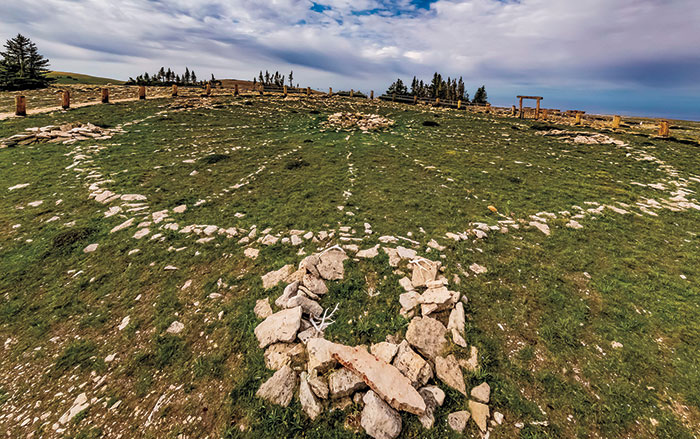
Letter from Mongolia November/December 2025
Building the Black City
Why the nomads of the Uighur Empire constructed a medieval urban center like no other
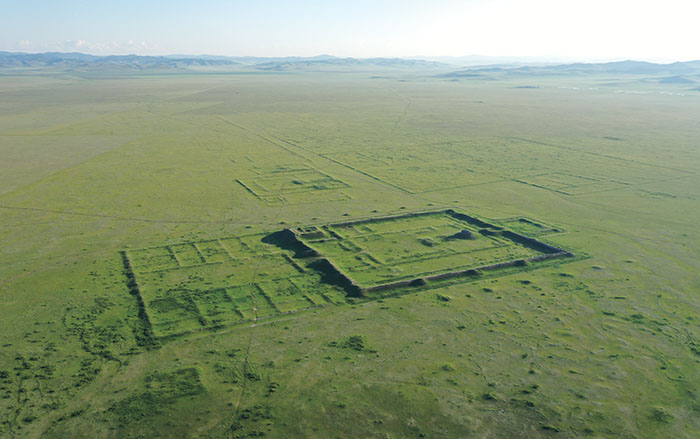
Digs & Discoveries November/December 2025
In His Majesty's Secret Service
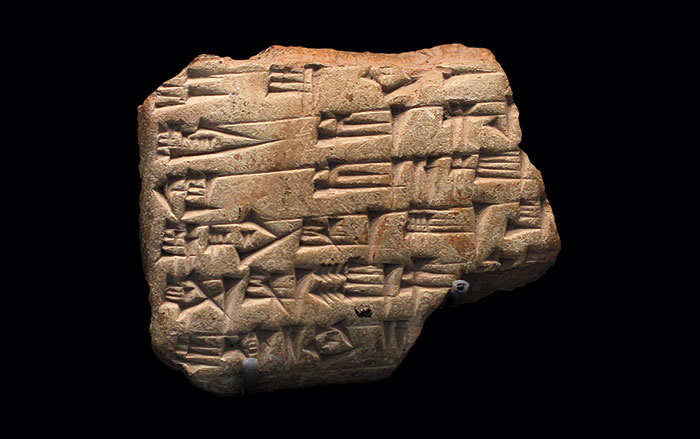
Digs & Discoveries November/December 2025
Washington Risks It All
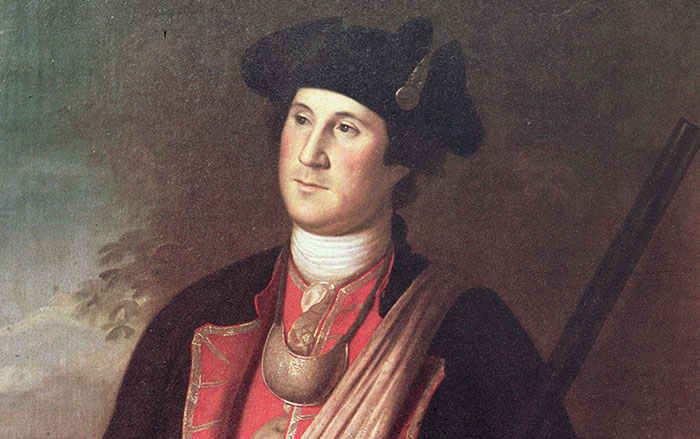
-
Features March/April 2016
France’s Roman Heritage
Magnificent wall paintings discovered in present-day Arles speak to a previously unknown history
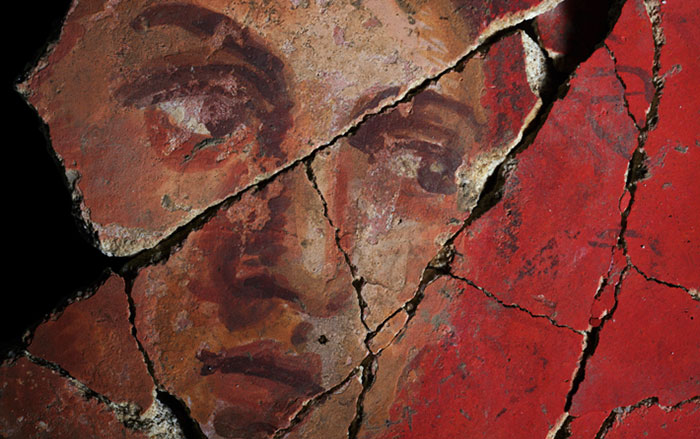 (Copyright Remi Benali INRAP, musée départemental Arles antique)
(Copyright Remi Benali INRAP, musée départemental Arles antique) -
Features March/April 2016
Recovering Hidden Texts
At the world’s oldest monastery, new technology is making long-lost manuscripts available to anyone with an Internet connection
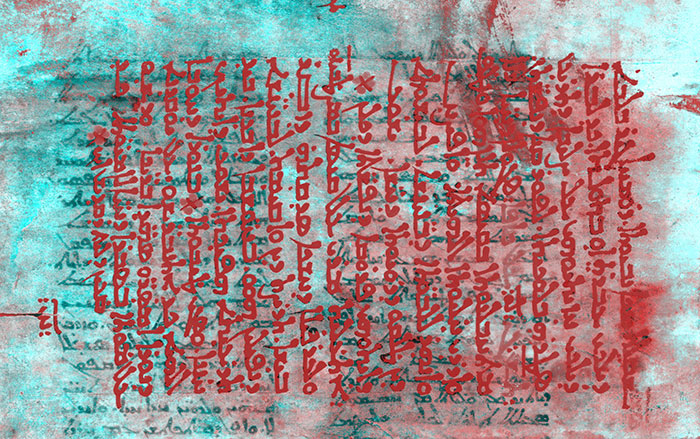 (Copyright St. Catherine's Monastery)
(Copyright St. Catherine's Monastery) -
Letter from Guatemala March/April 2016
Maya Metropolis
Beneath Guatemala’s modern capital lies the record of the rise and fall of an ancient city
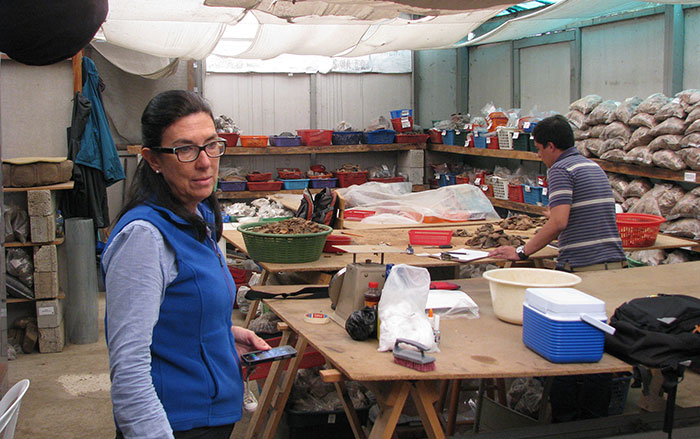 (Roger Atwood)
(Roger Atwood) -
Artifacts March/April 2016
Egyptian Ostracon
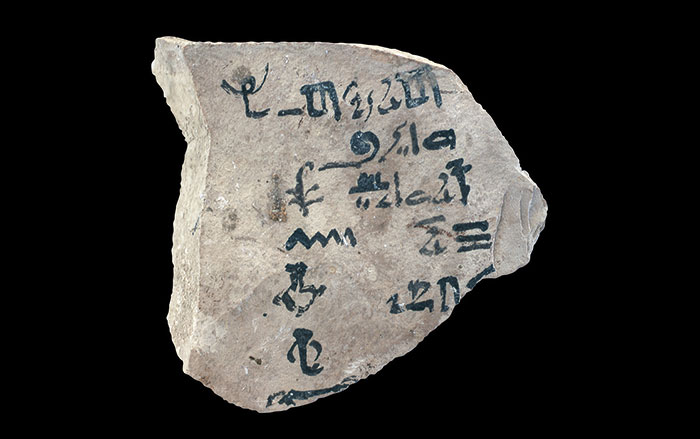 (Courtesy Nigel Strudwick/Cambridge Theban Mission)
(Courtesy Nigel Strudwick/Cambridge Theban Mission)


